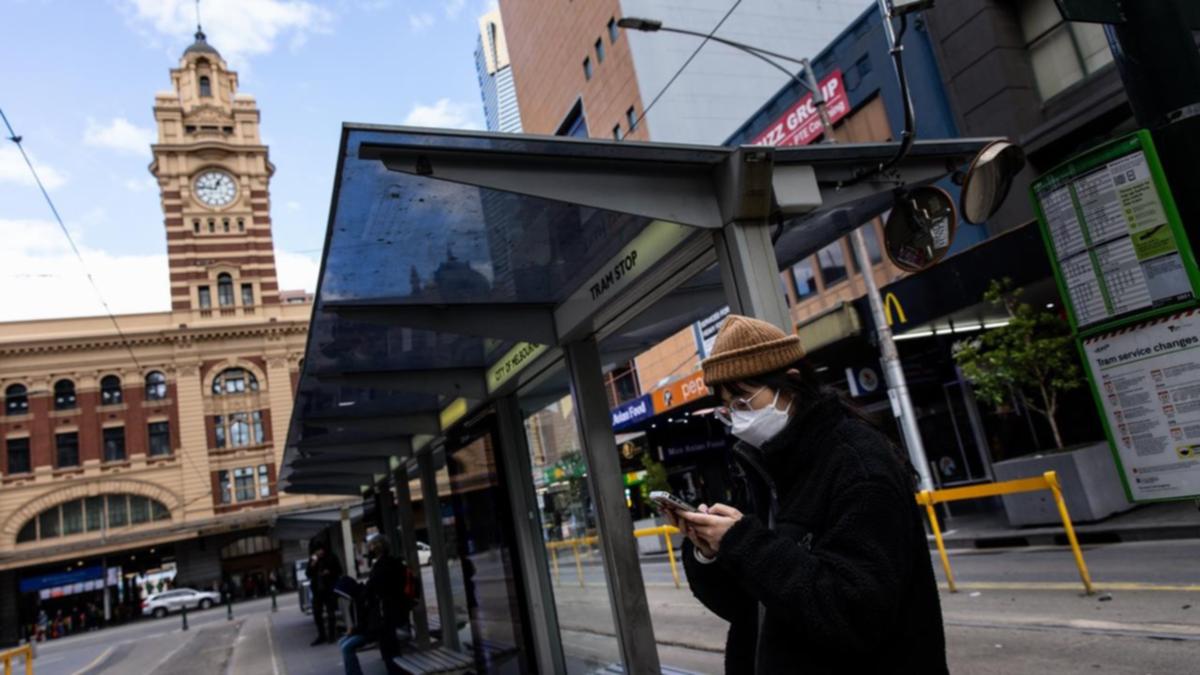A wave of COVID-19 cases and flu infections over winter has been blamed for a significant drop in office occupancy rates across most major cities.
Melbourne had the lowest return-to-office rate in July, according to data from the Property Council of Australia released on Thursday.
The figures show the occupancy rate of Melbourne offices dropped from 49 per cent in June to 38 per cent in July, while in Sydney the rate fell from 55 to 52 per cent, in Brisbane from 64 to 53 per cent and Adelaide from 71 to 64 per cent
Canberra and Perth were the only markets to record an increase in office occupancy, from 53 to 61 per cent and 65 to 71 per cent, respectively.
Property Council Chief Executive Ken Morrison said a rise in illness during the winter season was a contributing factor in the decline.
“Office occupancy numbers have gone backwards for the first time in six months as a wave of Omicron and flu cases kept workers away from the office,” he said.
“We have been seeing a steady increase in the number of workers returning to offices, but this stalled in June and has now declined in most capitals, which is disappointing but unsurprising.”
Office occupancy rates in Melbourne have remained below 50 per cent since the start of the pandemic, while in Sydney and Brisbane occupancy rates peaked during a lull in COVID-19 cases in early to mid-2021.
Victorian opposition jobs spokesman David Southwick said the state government should lead by example.
“Hybrid working may be here to stay, but it’s clear Daniel Andrews’ three-day-a week target for public servants isn’t close to being met,” he said.
“Melbourne will never be the world’s most liveable city once again with only one in five people showing up throughout the week.”
.
